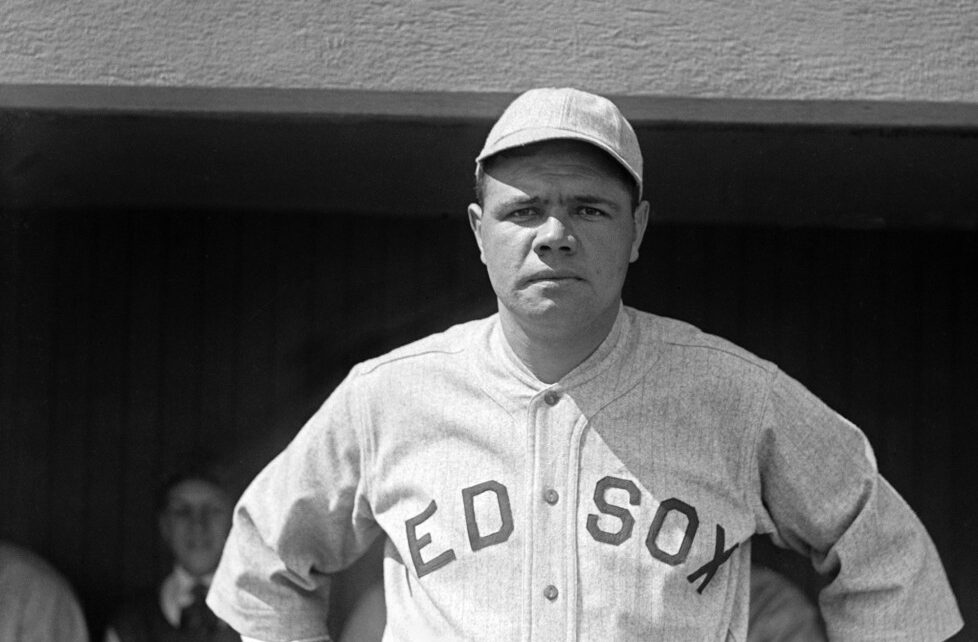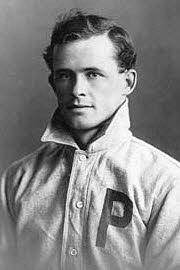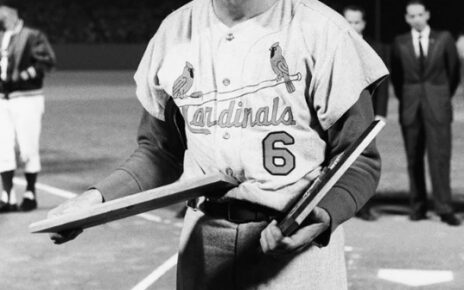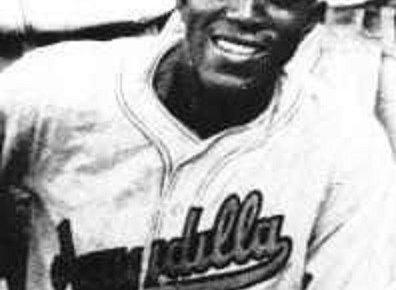There’s not much I could say about Babe Ruth that hasn’t already been said. Too many articles and books have been written about his baseball career and life in general. Babe Ruth remains to this very day a titan in not just the baseball landscape but the popular culture of America. He did spend some time as a two-way player, and that means I’m gonna write about him for this column. Maybe, just maybe, I can shed a little light on the reality of Ruth, the two-way juggernaut.
Chances are that Ruth’s two-way attempt started with either the Baltimore Orioles or Providence Grays of the International League. There are stories that he pitched and hit for both teams, enough that it’s a logical assumption that he pitched and played the field enough to qualify as a two-way player. Unfortunately, the raw statistics of his time with the Grays and Orioles aren’t readily available. I can’t even give you his win/loss record as a pitcher, that’s how empty the records are of his time in the IL.
When the soon to be Sultan of Swat became a big-league regular it was only as a pitcher. It wasn’t until the Babe’s fifth season with the Boston Red Sox that they finally let him go all-in as a two-way player. That they waited so long is damn peculiar, Ruth was both a fantastic hitter and pitcher in the years leading up to 1918. Alas, the Red Sox limited Ruth to pinch-hitting appearances at the onset and then they finally realized they had a special talent on their hands and let him loose on the rest of the baseball world.
The 1918 season saw Ruth pitch in 22 games, play left field in 48 games, center field in 12, and first base in 13. (An important note is that I’m no longer separating regular season and postseason statistics as I don’t feel they should be separated). Ruth helped lead the Red Sox to a World Series title based on a WHIP of 1.058, ERA of 2.11, and FIP of 2.73 in 183.1 innings pitched. He was a contact pitcher, and while that meant he didn’t garner many strikeouts he also hardly walked anyone. With a bat in his hand, Ruth slashed .298/.408/.556 in 388 plate appearances. He also added 6 stolen bases and an ISO of .258. His regular-season OPS+ of 192 and ERA+ of 122 tell a simple tale of both an elite slugger and a dominant hurler. Add it all up and Ruth totaled an rWAr of 7.0 during the regular season.
When 1919 rolled around the Red Sox were still committed to giving Ruth two-way opportunities. With his pitching load lessened to only 17 games, he saw increased action as a position player in the form of 6 games at first base, 110 in left field, and 1 in center. Ruth wasn’t as great on the mound, but he was still around league average. In 133.1 innings pitched a 102 ERA+, 2.97 ERA, and 3.58 FIP were balanced out by a 1.545 WHIP as suddenly Ruth became very hittable. Though, no one hit as well off of Ruth as he hit off the rest of the American League. He stepped to the plate 543 times and hit .322/.456/.657 with an ISO of .335. 29 home runs, 12 triples, 34 doubles, and 7 stolen bases helped to contribute to an OPS+ of 217. His total rWAR on the year was a hefty 9.9.
From that point forward Ruth truly became the Sultan of Swat. He’d be dealt from the Red Sox to the New York Yankees in 1920 and would only make a handful of pitching appearances the rest of his career. I can fully understand why the Yankees focused on Ruth as a hitter, but man, do I ever wish they would have let him continue as a two-way player. The Babe was a dominant pitcher, then a great two-way player, and finally a dominant hitter. His two-way time was far too short though, and that’s why it’s kind of silly to hold up Ruth as the paragon of two-way play. Ruth falls well short of the two-way standard set by Bullet Rogan, which isn’t a knock against Ruth, but maybe it’s high time we started reframing the way we talk about Ruth and his two-way playing days?
Lead photo courtesy of Unknown – Getty Images




